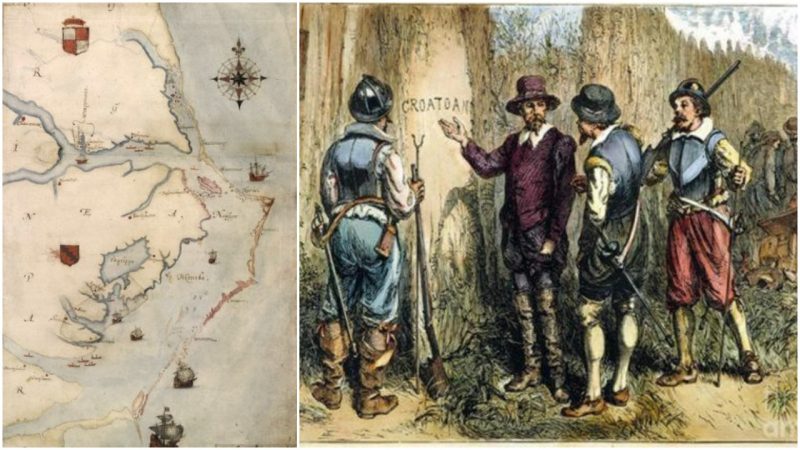The question of what happened to one of the first English colonies in America has challenged, obsessed, and even taunted the curious for more than five centuries.
Over 100 settlers–men, women, and children–seem to have simply vanished from Roanoke Island, North Carolina.
It’s become such a creepy cornerstone to early colonial-America history that the latest season of the TV series American Horror Story was devoted to Roanoke.
The 2016 season spoofed a paranormal docu-drama a la Blair Witch Project approach in suggesting that settlers, led by Kathy Bates playing a character with the subtle name of The Butcher, killed one another, and then their ghosts continued to wreak havoc through the centuries. Also, modern-day cannibals lived in the woods near where the settlers disappeared and Lady Gaga played her part as an ancient Ultra Witch with bad teeth.
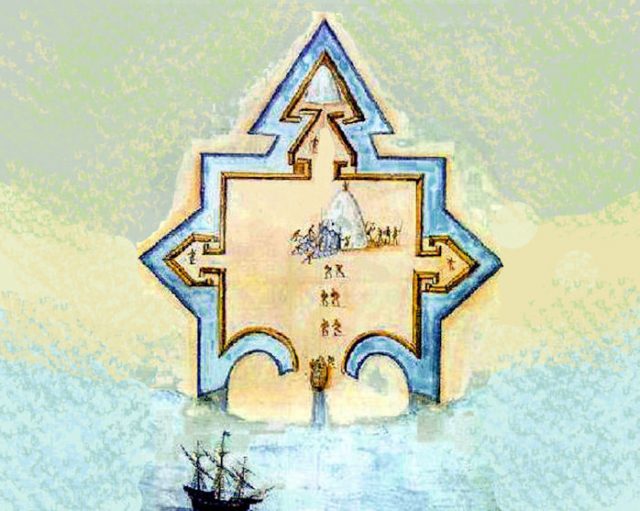
On to the history…
During the reign of Queen Elizabeth I, a ship of 115 settlers set sail for the New World, led by John White, governor of the new colony.
The ship arrived at Roanoke Island on July 22, 1587. They selected Roanoke because it was the site of earlier expeditions, all financed by Sir Walter Raleigh.
Things had not gone well, and hostilities broke out between the English and the Native Americans. The site was abandoned.
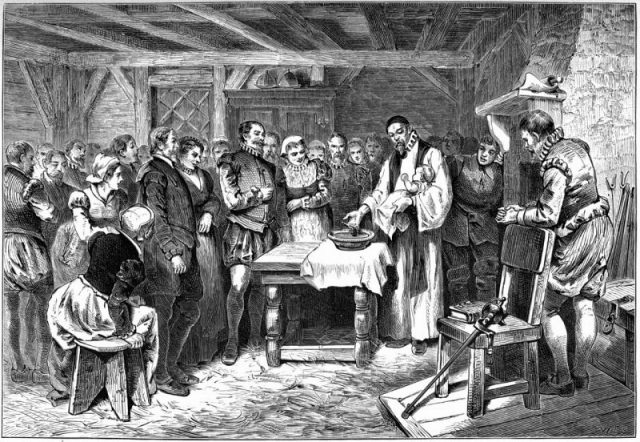
When the White-led group also attempted to settle in Roanoke, relations between the colonists and the nearest Native Americans were strained.
Later that same year, White sailed back to England to get more supplies and help for the colony, leaving behind his wife, daughter, and baby grand-daughter.
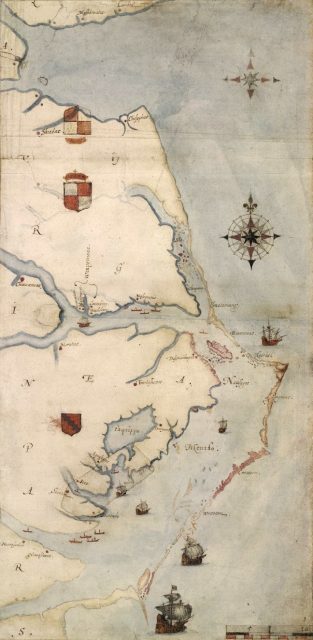
The war between England and Spain and the Armada delayed White’s return until 1590. When he reached Roanoke Island, he found not a single settler there.
The wooden buildings had been carefully dismantled; there was no sign of a struggle; no bodies.
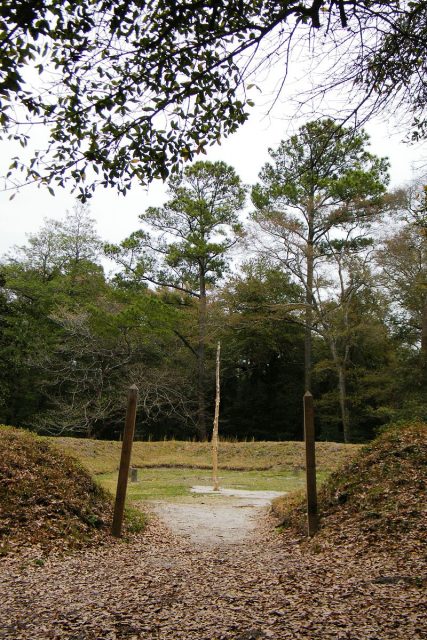
The single clues were the word “Croatoan” carved into a tree, and “C-R-O” carved into a second tree. That was the name of another Native American group living on an island later named Hatteras.
White was not able to reach Hatteras Island to search for the missing colonists since he was on a borrowed ship and due to storms and impatience, the others refused to persist.
6 Mysterious Islands From Around The World
Within the next decade, other searches were made and discovered no sign of the Roanoke colonists.
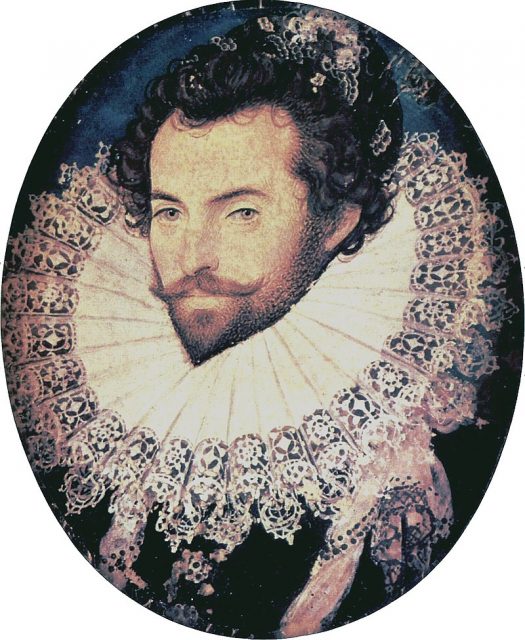
One theory of what happened is that, struggling for food, the colonists voluntarily went to Hatteras or farther inland to live with Native Americans.
Another is that they were forced to leave, and then killed or enslaved. Reportedly, the existence of “gray-eyed” Native Americans in the next century proved that surviving Roanoke colonists lived with the Natives.
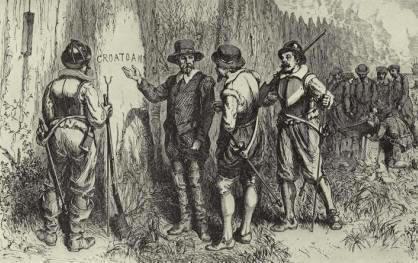
Yet another theory is that the Spanish, rivals to the English in the Elizabethan era, wiped out the vulnerable colony, determined to dominate New World exploration.
It should be mentioned that alien intervention or a zombie attack have also entered the fray.
A 20th-century archaeological dig found a very old signet ring, gun flints, and other artifacts about 50 miles from Roanoke Island. Whether they belonged to the colonists is disputed.
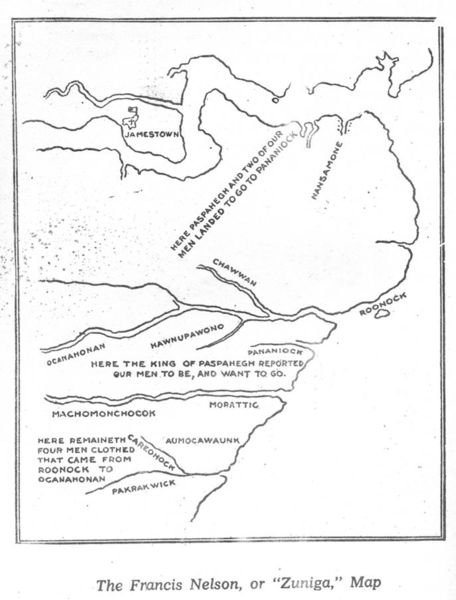
In the last decade, the nonprofit First Colony Foundation in Durham, North Carolina, has funded more research into the fate of the missing settlers. And they claim to be making good progress.
According to the Foundation, “Pottery shards with a green interior glaze datable to the days of Sir Walter Raleigh have been found along the shore east of the Lost Colony amphitheater.
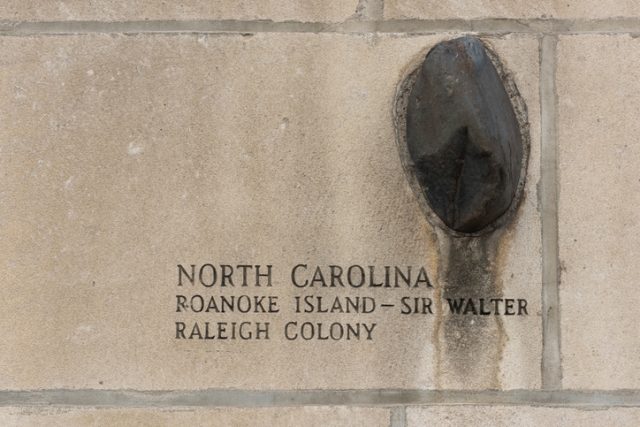
Although styled “Spanish olive jars” by archaeologists today, these wares were similar to the amphorae of the Ancient World, used as containers for a variety of items in addition to olive oil – often serving as water jugs – and were widely distributed by trade in the late 16th century.
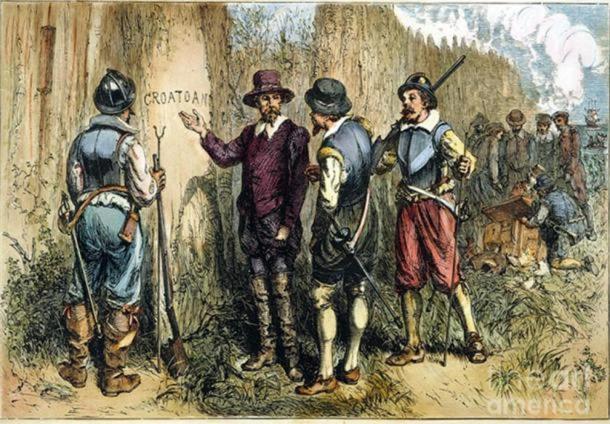
The Foundation also says that the shallow sound waters in the same area exposed the remains of “what have been determined to be the wooden casings of early wells, recovered by then NPS ranger and now FCF President Phil Evans. Carbon dating by the National Park Service identified the wood to the time of the Raleigh colonies.”
A new round of digging is set to begin in Autumn 2018.
“I firmly believe that our program of re-excavation will provide answers to the vexing questions that past fieldwork has left us,” archaeologist Eric Klingelhofer, vice president for research at First Colony Foundation, told Science magazine.
Nancy Bilyeau, a former staff editor at *Entertainment Weekly, Rolling Stone*, and *InStyle*, has written a trilogy of historical thrillers for Touchstone Books. For more information, go to www.nancybilyeau.com.
